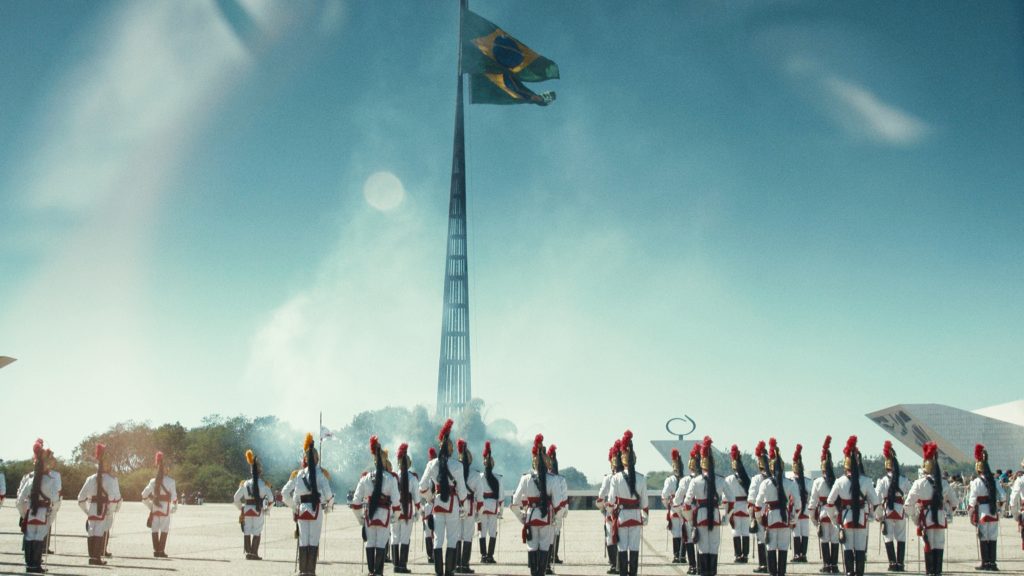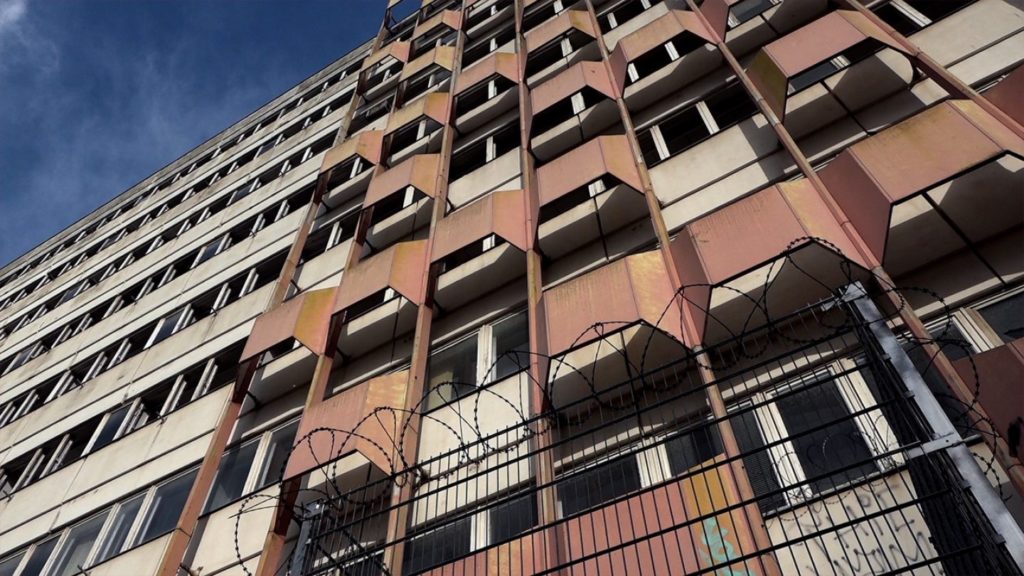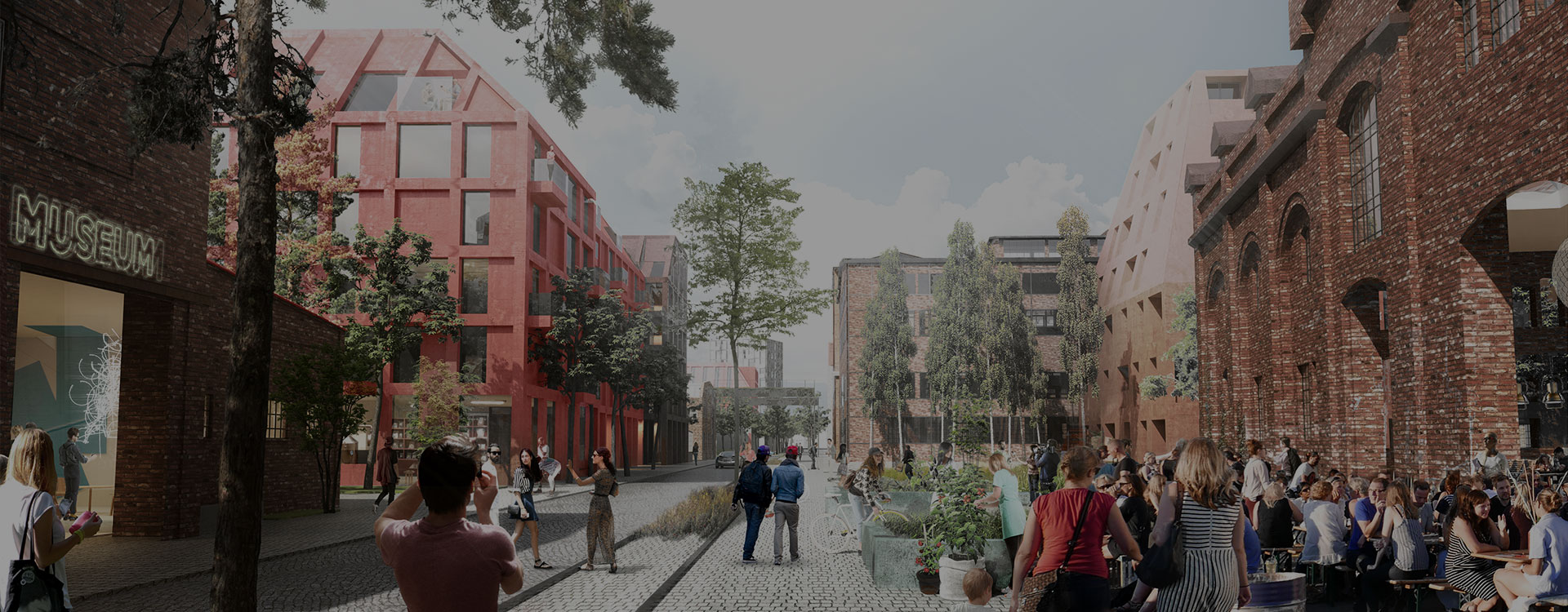A small rising wave. A summary of 2018 in a documentary about architecture
Lech Moliński
It is still a niche within a niche, but the phenomenon is beginning to reach interesting proportions – in essence, this is the description of the situation of documentary cinematography about city / architecture / spatial planning. After ten editions of the Architecture Film Festival Rotterdam, the world’s largest event devoted to the presentation of documentaries on the above issues, its organizers decided to change the biennial formula and scheduled the next edition for 2018 – immediately after 2017. The program covered 79 full-length, medium length and short films, 74 of which were documentaries filmed between 2016 and 2018. So, what are the properties of a contemporary document on architecture and urban challenges from the beginning of the 21st century? Do the films resonate with architectural trends? It is difficult to put together a summary of the past year due to the fact that the market of presentation of films is very dispersed. New productions are spreading across the world slowly. The expiration date for a documentary about architecture is much longer, not only in comparison to fiction, but also to documents in general. Nevertheless: Let’s try!
We’ve come to live in times when visual media constitute the key source of knowledge about the world and are responsible for shaping the views of the constantly growing masses. Video coverage and documentary films play an essential role in the new audiovisual reality. Television around the world is dominated by video coverage that chiefly aims to provide information and more superficial reports, and which has recently established a firm position at streaming platforms. On the other hand, documentaries, which treat the subject more profoundly and are more formally attractive – and more ambitious in general – have basically taken cinemas by storm. This film genre has its own masters and stars (for example: Michael Moore, Werner Herzog, Frederick Wiseman and Raymond Depardon) and a solid distribution circuit in the entire spectrum of festivals dedicated to the art of the document (IDFA, Hot Docs Toronto, Millennium Docs Against Gravity). For comparison: there were 10 full-length documentaries screened in Polish cinemas in 2007, 13 in 2008, 25 in 2017, and 22 in 2018.
Contemporary documentary filmmakers often choose a creative strategy of an intervention into an important matter. World famous celebrities have also contributed. Leonardo Di Caprio produced “Before the Flood” (2016) about the consequences of global warming on the environment; Samuel L. Jackson narrated the film “I Am Not Your Negro” (2016) telling the history of racism in the United States in the 20th century. Moreover, a documentary stood in defence of the nature destroyed by the thoughtless behaviour of humans (Louie Psihoyos’ “The Cove” and “Racing Extinction”; Markus Imhoof’s “More than Honey”; and Luc Jacquet’s “Once Upon a Forrest”) or criticized the heartless policy of international cooperations and governments of the most powerful countries in the world (“The Corporation” directed by Jennifer Abbott and Mark Achbar; “The Yes Men Fix the World” by Andy Bichlbaum and Mike Bonanno; Frank Piasechi Poulsen’s “Blood in the Mobile”; and Laura Poitras’ “Citizenfour”).
In the last two decades documentary filmmakers have taken on the responsibility of depicting the dynamically evolving world. Filmmakers did not leave out architecture and challenges faced by contemporary cities; the most recognizable examples are: “The Human Scale” by Andreas Dalsgaard, which presents the ideas of the Danish urban planner Jan Gehl who advocated for a return to “human scale cities”; Chad Freidrichs’ “The Pruitt-Igoe Myth” dealing with the discourse about the famous demolition of an estate in Saint Louis as the symbolic end of modernism; Fredrik Gertten’s “Bikes vs Cars” – a few words about the recent bicycle revolution. Filmmakers include journalists and lecturers who represent a balanced approach, as well as activists involved on one of the sides of the dispute, who decided to use images to contribute to a just cause: to show brutal evictions from properties or to oppose to the sales of municipal property.
The work of professional documentary filmmakers (Dalsgaard, Gertten or Gary Hustwit – the author of “Urbanized”) mixes with the achievements of enthusiasts acting for idealistic reasons or on a public service contract, and the picture is completed by portraits of starchitects who are of special interest for the major Hollywood studios, and streaming giants. The mix is as diverse, as architectural trends of the 21st century. This is, of course, an extremely simplified analysis of the phenomenon. So, let’s go deeper. Who leads in the production of documentaries about city? There is no surprise here: Denmark and the Netherlands. These countries produce several full-length films on urban topics annually. Let’s start our summary with their film festivals, which are usually the beginning.
The Discreet Charm of Copenhagen
The first half of each year brings a great celebration to the Danish capital. Copenhagen Architecture Festival is an extensive 10-day event that offers local editions in Aarhus, Odense and Aalborg. Last year’s program of the Copenhagen event covered almost 50 films – new documents in the vast majority. Additionally, CAFx is a series of walks, seminars and discussion panels. All elements of the event revolve around the leitmotif – in 2018 it was housing and the idea of a home. Interestingly, the extensive festival (featuring approx. 15 events a day in Copenhagen itself) is one of the youngest. Its director, Josephine Michau and her team have begun their journey in 2014. The program is filled with films about architects and the impact of architecture on everyday life. Certainly, the screening of Kaspar Astrup Schröder’s “BIG Time” – a portrait of Bjarke Ingels filmed for 7 years – was a landmark event for the CAFx 2018. At that time, one of the most important architects of the middle generation and his studio changed their status of the Danish jewel to the global one, by relocating to New York and pursuing projects at the centre of the architectural world. “BIG Time” is one of the most frequently presented films on architecture of the last dozen months. Its premiere in May 2017, the screenings at Architecture Film Festival Rotterdam, DOC NYC, and during international film festivals in Chicago, Melbourne and Vancouver prove its popularity, not only in the architectural world. Ingels doesn’t need an introduction. There is no better protagonist for a documentary: the enormous success of his studio, great projects around the world created at a very young age, and the envy of his peers towards this peculiar Danish export product. Schroeder had the opportunity to peek into Bjarke’s professional and private life over the years. In fact, the two men are related. The outcome stirs mixed feelings. The film is a great tool serving architectural education, it explains architecture of the performance to a mythical “ordinary man” and makes decision-making in this environment more tangible, but it fails to create a portrait of a human being. Ingels does not reveal himself to the director, and the viewer is not moved by the story about his crisis, which seems exalted and artificial.
BIG Time – Kaspar Astrup Schroeder
Another Dane, Boris Bertram posed a question in “Human Shelter”: which factors change a house into a home? The director filmed on four continents, in an attempt to present various challenges and specificities of living in uncertainty, in extreme climates, in isolation, and in a community. Interestingly, the film was co-sponsored by IKEA. The representatives of the Swedish interior brand emphasized that they decided to contribute to the project because they shared the author’s values. Unfortunately, regardless of the form of the involvement of the Swedes, the outcome does not deliver on its promises. It is a visually attractive image that it resembles a superficial catalogue. The declared discussion of the idea of home is in practice limited to a set of slogans illustrated with nice photographs from various geographical areas. It is a pity, because the subject seems interesting and in urgent need of a redefinition.
BLAD – Bart Simpson
Another promising film – “Favela Olimpica” – also brings disappointment, although it had a lot of potential to become a reliable voice of criticism directed against the attitude of governments towards large events and their neglect of the residents’ needs. The construction of the Olympic Village in Rio de Janeiro led to the eviction of most of the 700 families living in the Vila Autodromo district. The protests have been unsuccessful, just as other objections voiced by Brazilians against devoting enormous funds to the organization of the Olympics, when there are clearly more urgent needs in the country. The director Samuel Chalard sided with the protesters and lost sight of the broader context; the film contains multiple shots that duplicate the meaning of earlier scenes. As a result, the viewer tends not to support the protesters, but s/he feels indifferent and weary. Let’s remain in the Land of Coffee, but let’s turn from Rio to Brasilia, the modernist capital of the state. Bart Simpson, the Canadian director of the film “Brasilia: Life After Design” decided to investigate how is life for the residents of this “perfect city” designed by Oscar Niemeyer several decades ago. The author rejects everything that could be described as “instagramable”. He is interested in everyday experiences of the city. The conversations quickly reveal the sense of isolation and solitude of people living in the revolutionary urban design, and the documentary itself provides a unique opportunity to peek into the urban tissue. The sense of alienation may accompany the old Berliners who look at modern office buildings erected in their city after the German reunification. A Dane (!) Hans Christian Post in “Whose city?” looks at spatial changes in Berlin after the reunification into a single common urban organism. More people will see and understand a film rather than a complex academic book – the director and university lecturer explains his reasons for engaging in documentary cinematography. He is most interested in the process of decision-making of the authorities and in how, as the result of these decisions, the old/new German capital took the course of following London and becoming the main financial centre in Central Europe. Post emphasizes the principal role of urban planning and architecture in the implementation of such changes.
Literally just a few weeks earlier, the Copenhagen International Documentary Festival takes place in the capital of Denmark. It is a prestigious event fully dedicated to the art of document. The coincidence is interesting – for many years CPH:DOX was held in October, but the multiplication of industry documentary festivals pushed the Copenhagen event to the first quarter of the year. By the way, this decision proves that the two types of events are parallel. DOX preferred to be closer to Copenhagen AFx than to DOK Leipzig, Ji.hlava IDFF or International Documentary Filmfestival Amsterdam. In fact, a film included in the CPH:DOX program that is worth mentioning here, will additionally support the thesis about the separation of these two worlds that are seemingly adjacent. “Waiting for Barcelona” – a full-length debut of a young Finish director Juho-Pekka Tanskanen – portrays an illegal immigrant, living without documents and making a living on the streets of the title city. The author presents the capital of Catalonia and its cult street La Rambla in a visually fascinating black and white version. However, the main focus is on the portrait of the protagonist. As a result, we receive a portrait of a specific citizen, and in the background, a view of the Barcelonese policy, increasingly reluctant towards tourists, 32 million of whom visited the city in 2017 alone, but relatively welcoming to economic immigrants. Despite the fact that the main character shows how easy it is to waste an opportunity and be rejected by the system.
Netherlandish autumn
Whose City? – Hans Christian Post
Also close in time, but mentally distant is AFF Rotterdam (October) and IDF Amsterdam (November). It is quite easy to justify the composition of the programs with the choices made by the audience of each type of events. Architects and activists forgive deficiencies in execution and don’t need a colourful figure to identify with the problem, but they require a substantive description of the issue under analysis. The Rotterdam film festival on architecture, which is a consequence of the title of the 2001 European Capital of Culture, offers films about famous architects (Mies van der Rohe, Frank Lloyd Wright or Kevin Roche) and their works (Metropolitan Opera House), about living in architecture (“Grandma and Le Corbusier”) about important urban planning assumptions (“New Town Utopia”, “Nordweststadt – A Living Vision”, “The Experimental City”), as well as the most important issues and phenomena associated with functioning in contemporary cities (“Gaming the real world” or “Do more with less”). We may apply the above-quoted words of the author of “Whose city?” to a number of portraits of famous architects that pay tribute and acknowledge them, but also fill the gaps in architectural education. It seems particularly pertinent to mention a full-length portrait of a somewhat forgotten Kevin Roche (“Kevin Roche: The Quiet Architect” by Mark Noonan), the laureate of the Pritzker Prize and a close associate of Eero Saarinen. “Mies on Scene” provides a lot of information about the work of Mies van der Rohe, however, the most significant achievement of the documentary is that instead of summarizing the oeuvre of the renowned 20th-century architect, it focuses on his iconic work – The Barcelona Pavilion designed in 1929 as part of a global exhibition and reconstructed at the request of the authorities of the Catalan city in 1983-1986. Susan Froemke’s “The Opera House” discusses the development of the new building of the Metropolitan Opera in the second half of the past century. The film was produced by the opera and it is an uncritical praise. The most interesting is a favourable presentation of the renewal of New York, which brought about a demolition of the entire quarters of tenement houses in the times of Robert Moses. These changes in space enabled a creation of a new palace for elites.
It is difficult to imagine a better stimulation to reflection over preservation of historical buildings, attention to architectural symbols, but also over living inside a legendary building, than Marjolaine Normier’s “Grandma and Le Corbusier”. The main character has lived in the Unité d’habitation [housing unit] in Marseilles since Le Corbusier has developed this groundbreaking building. For all these years she has migrated within the “mother” of all housing units. Today, she is facing the challenge of rebuilding her apartment that was devastated by fire. How to reconstruct the interior? Should she improve the objectives of the author and, if yes, to what extent? The film is filled with a discussion about architecture, but also with the obligation of a user towards the project. Additionally, there is a resolute grandmother in the centre of all this. I believe that every designer dreams about the respect bestowed upon Le Corbusier’s work. Nonetheless, have all of the solutions included in the initial concept passed the test of users with flying colours?
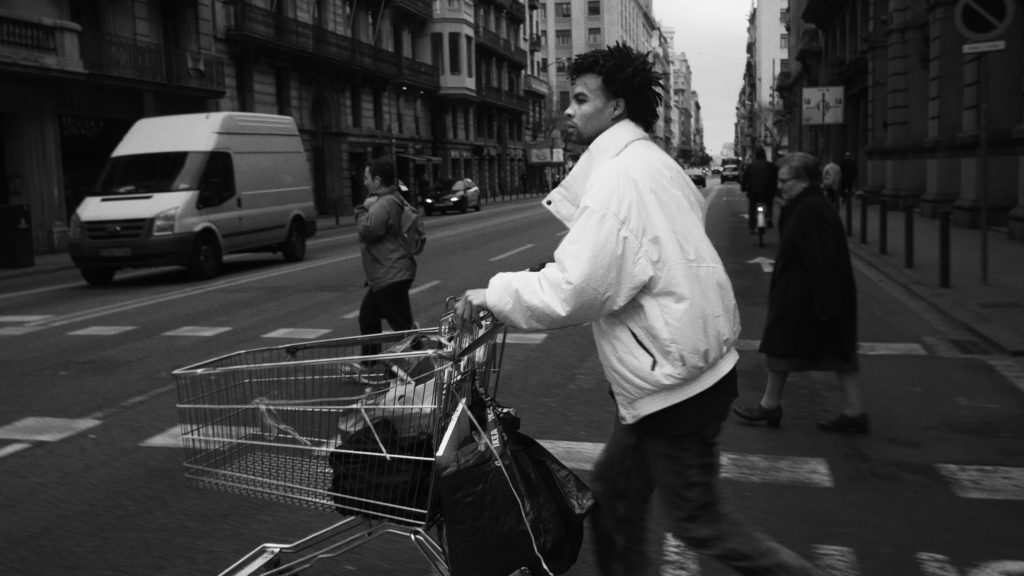
Waiting for Barcelona – Juho-PekkiaTanskanen
What happened to the utopian dream? – asks the director Christopher Ian Smith in “New Town Utopia”, a documentary about Basildon in Essex county. The city was founded in 1949 from a number of small towns and was supposed to provide a solution to the problem of overpopulation of London. Today, on the one hand, it serves as a public opinion barometer – since the creation of the new urban organism, the local results of the general election are consistent with the results of the elections in entire Great Britain. On the other hand, as a small homeland to Depeche Mode, it entered the history of pop culture. Additionally, it suffered from the policy of cuts from the 70s and 80s. Initially Basildon was founded on local industry, which in the said period ceased to bring profit, which caused many local factories to collapse. The crisis brought about high unemployment and vast social frustration. The director of the movie perceives art as an opportunity to escape stagnation – like many others across the world. Artists are supposed to cause a revival, and the fans of the legendary music band – to stimulate tourism. But is this a real solution? It is a complex issue, but the subject of adjusting the relics of previous eras to the changing reality is one of the most essential topics in the discourse about architecture and urban planning.
The program of the AFF Rotterdam also included the 30-minute long documentary “Health Resort. The Architecture of Zawodzie” by Ewa Trzcionka – a story about a modernist spa district in Ustroń, designed by Henryk Buszko and Aleksander Franta in the 1960s. The spectacular Ustroń pyramids are one of the boldest buildings from the period of the Polish People’s Republic. In the film, Franta discussed their construction. He is an architect who was lucky to receive recognition from the next generations in his lifetime and who, interestingly, appeared in three Polish documentary films devoted to architectural issues (the other two are: “Archicosmos” and “Blocks of Flats”). In the film the project is honoured by representatives of the younger generation: Robert Konieczny and Przemo Łukasik, and the film encourages a common recognition of these buildings.
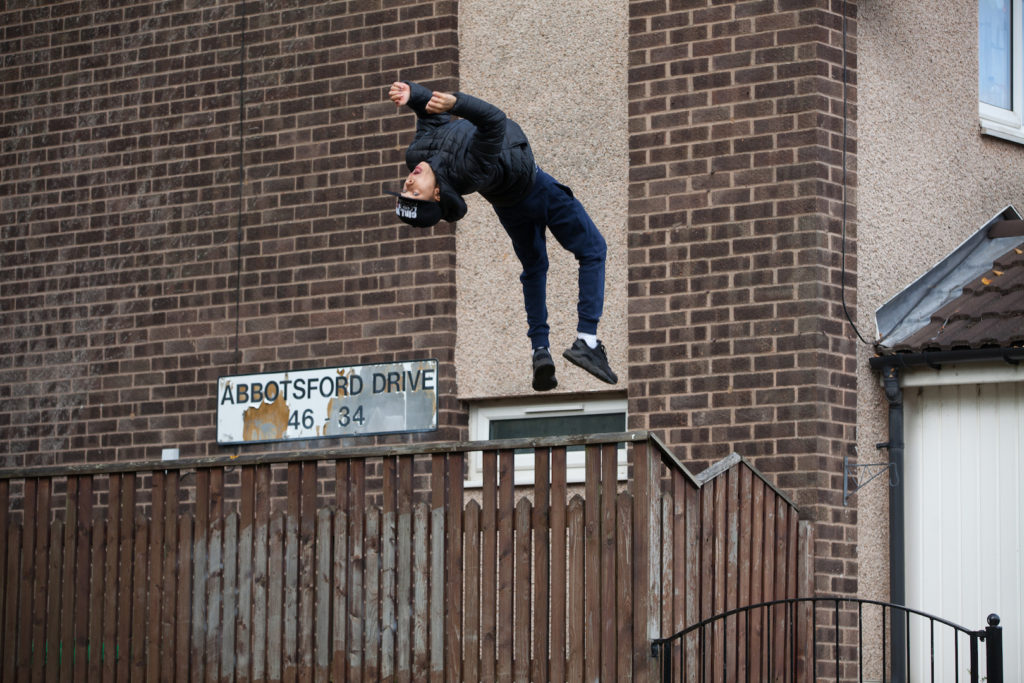
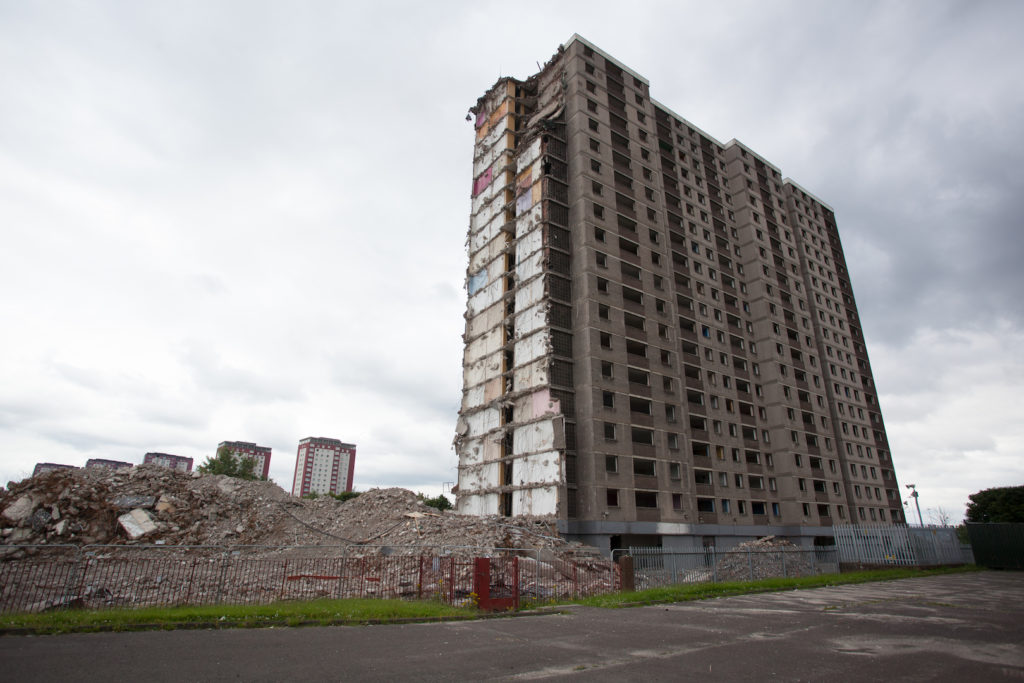
Dispossessio – Paul Sng
International Documentary Filmfestival Amsterdam carefully smuggles in architectural attractions, in an attempt not to dominate the politically engaged cinema. The list of titles (“Kabul. City in the Wind” by Aboozar Amini; “Hidden City” by Victor Moreno) includes an important Polish film “Diagnosis” by Ewa Podgórska from the competition addressed to debutants. The author follows Laurent Petit, who psychoanalyses the city of Łódź. At least this is the description from trailers, while the film shows profiles of selected individuals rather than a collective portrait of the city and its residents.
What about Poland?
THIS CONTENT IS LOCKED
Login To Unlock The Content!
Lech Moliński:




![Big Time – Stills [553884] (1)](https://archisnob.com/wp-content/uploads/2019/03/Big-Time-Stills-553884-1-2457x819.jpg)


